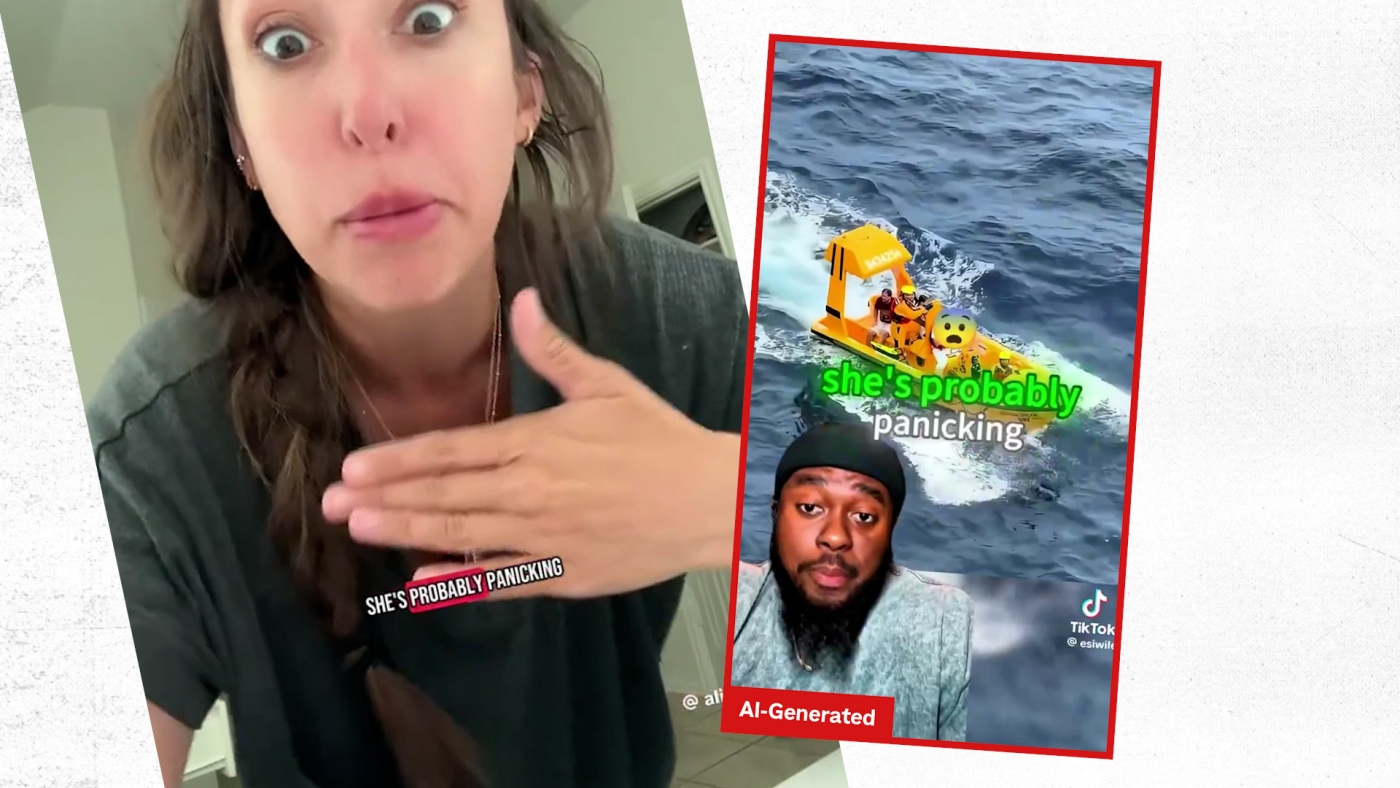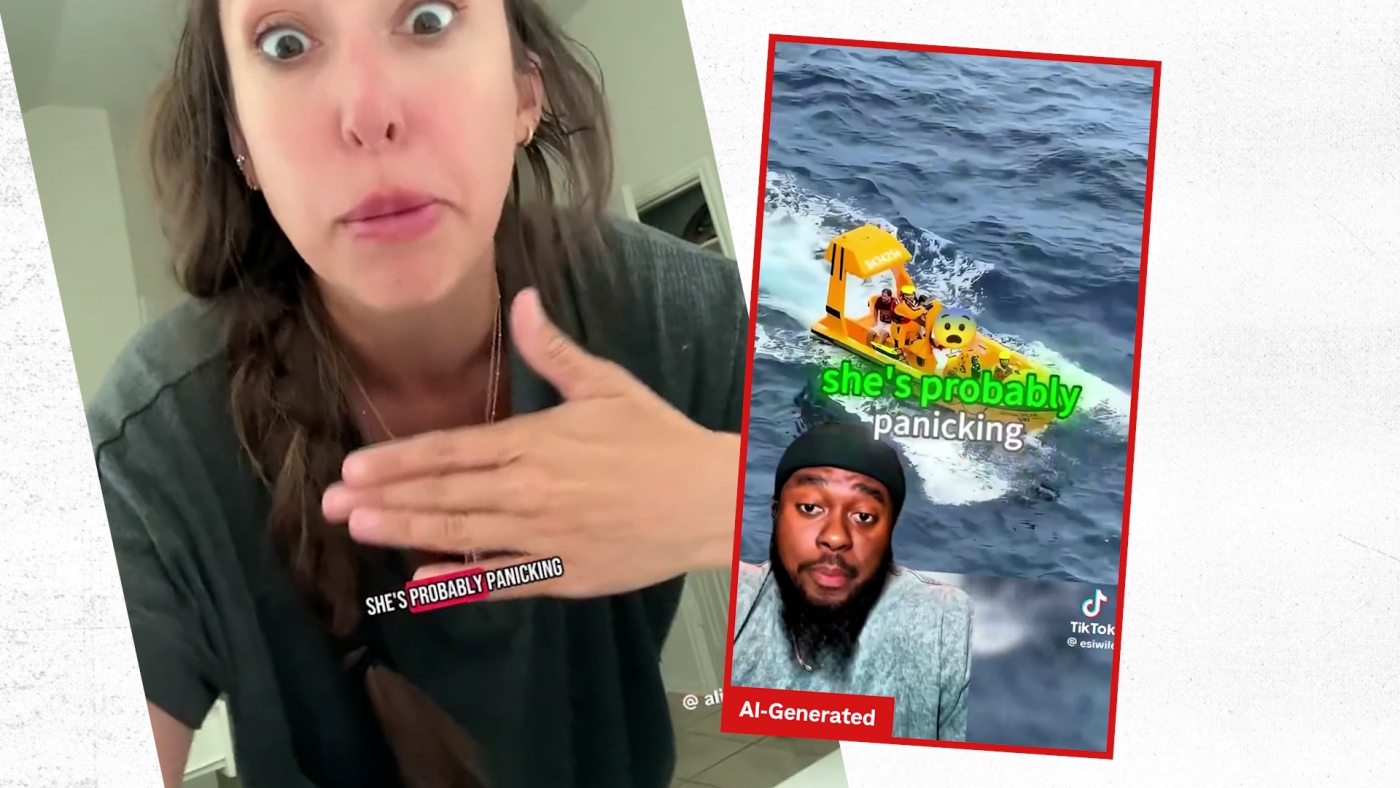The rise of fake content on TikTok has become a pressing concern, threatening the platform’s integrity and the trust of its users. As a vibrant hub for viral trends and creative expression, TikTok’s influence extends far beyond entertainment, shaping opinions and cultural narratives. However, the proliferation of deceptive content—ranging from AI-generated deepfakes to fraudulent schemes—poses significant risks to individuals and society. Understanding the nature of these threats, their motivations, and their consequences is crucial for mitigating their impact and fostering a more authentic digital landscape.
The Many Faces of Fakery
Fake content on TikTok manifests in various forms, each with its own set of risks and implications. One of the most alarming trends is the rise of AI-generated deepfakes and shallowfakes. Deepfakes use advanced algorithms to manipulate audio and video, creating highly convincing but entirely fabricated scenarios. These can be used to impersonate public figures, spread misinformation, or even defame individuals. Shallowfakes, while less sophisticated, involve simpler manipulations like altering video speed or adding misleading captions, which can still deceive unsuspecting viewers.
Another growing concern is audio cloning and voice impersonation. AI tools can now replicate voices with alarming accuracy, enabling scammers to create fake videos where individuals appear to endorse products, spread false information, or solicit fraudulent donations. This technology has been particularly exploited in emotional donation scams targeting elderly creators, where their voices are cloned to manipulate viewers into contributing to fake causes.
Stolen content and impersonation remain prevalent issues on the platform. Scammers often steal videos from legitimate creators and repost them as their own, sometimes creating entire fake profiles to build a following for future fraudulent activities. This not only undermines the original creators’ efforts but also erodes trust in the platform’s authenticity.
TikTok’s trend-driven nature makes it susceptible to manipulated challenges and fake trends. These can be used to promote harmful products, spread misinformation, or encourage dangerous behavior. The rapid spread of such content makes it difficult to debunk before it reaches a wide audience, exacerbating its impact.
Scams and fraudulent schemes are rampant on TikTok, with scammers exploiting the platform’s emotional appeal to lure users into fake giveaways, investment opportunities, and romance scams. These schemes often target vulnerable users, including the elderly and those seeking quick financial gains.
Staged or falsified content, while not always malicious, contributes to a culture of distrust. Creators may fabricate personal stories, fake disabilities, or stage events to gain attention and go viral. While this content may be entertaining, it blurs the line between reality and fiction, making it harder for users to discern truth from falsehood.
The Engines of Deception: Motivation and Opportunity
The proliferation of fake content on TikTok is driven by a complex interplay of financial, social, and technological factors. Financial gain is a primary motivator, with scammers and fraudsters exploiting the platform’s vast user base to generate revenue through fake giveaways, investment scams, and fraudulent donation requests. The potential for significant profits, especially when targeting vulnerable users, makes these schemes highly attractive.
Attention and virality are also powerful incentives. In the attention economy, views and likes translate to influence and potential monetization. Creators may resort to deceptive practices, such as staging events or fabricating stories, to gain attention and go viral. This pursuit of virality can lead to a race to the bottom, where authenticity is sacrificed for engagement.
Political and social manipulation is another driving force behind fake content. Malicious actors may create or amplify fake videos to influence public opinion, sow discord, or advance their agendas. The rapid spread of misinformation on TikTok makes it an ideal platform for such manipulation, with serious consequences for elections, social movements, and public health initiatives.
The erosion of trust is a secondary but significant motivation. Some actors may seek to undermine trust in institutions, media outlets, or individual creators by flooding the platform with fake content. This creates a sense of confusion and skepticism, making it harder for users to discern truth from falsehood.
The ease of creation and dissemination further fuels the proliferation of fake content. Sophisticated AI tools and the platform’s algorithmic amplification make it easier than ever to generate and spread deceptive content. Even individuals with limited technical skills can now create convincing deepfakes or clone voices, lowering the barrier to entry for malicious actors.
The Fallout: Consequences of a Deceptive Landscape
The widespread presence of fake content on TikTok has far-reaching consequences for individuals, the platform, and society. One of the most significant impacts is the erosion of trust and authenticity. Constant exposure to deceptive content can lead to cynicism, skepticism, and a diminished ability to discern truth from falsehood. This undermines the platform’s credibility and makes users more susceptible to manipulation.
Emotional distress and psychological harm are also significant concerns. Being targeted by scams, exposed to misinformation, or witnessing the spread of harmful content can cause significant emotional and psychological harm. Vulnerable users, such as children and the elderly, are particularly at risk, with potential long-term effects on their mental well-being.
Misinformation and manipulation pose serious risks to public discourse and decision-making. Fake news reports, fabricated stories, and manipulated videos can spread rapidly on TikTok, influencing public opinion and shaping political narratives. This can have serious consequences for elections, social movements, and public health initiatives, with the potential to undermine democratic processes and societal cohesion.
Reputational damage is another significant consequence. Individuals and brands can suffer significant harm as a result of being impersonated, defamed, or falsely associated with harmful content. This can have long-lasting effects on their personal and professional lives, as well as their ability to engage with the platform.
Financial loss is a direct consequence of scams and fraudulent schemes. Unsuspecting users can suffer significant financial harm, with scammers exploiting their trust and vulnerability. The emotional and financial toll of these schemes can be devastating, particularly for those who are already struggling.
The erosion of platform integrity is a broader concern. The proliferation of fake content undermines TikTok’s reputation and user confidence, leading to a decline in engagement and a potential loss of users to other platforms. This can have significant implications for the platform’s long-term viability and its ability to fulfill its potential as a space for creativity and connection.
Fighting Back: Strategies for Detection and Mitigation
Combating the rising tide of fake content on TikTok requires a multi-faceted approach involving the platform, creators, and users. Platform moderation and AI detection are critical first steps. TikTok must invest in sophisticated AI-powered tools to detect and remove fake content, including deepfakes, cloned voices, and other forms of manipulation. Strengthening moderation policies and enforcing them rigorously is essential for maintaining the platform’s integrity.
Content verification and fact-checking are also crucial. TikTok should partner with fact-checking organizations to verify the accuracy of viral claims and debunk misinformation. Providing users with tools to report suspected fake content and access reliable information can empower them to make informed decisions.
Creator education and responsibility are key to fostering a culture of authenticity. TikTok should educate creators about the dangers of fake content and encourage them to promote responsible content creation practices. Holding creators accountable for the content they post and taking action against those who spread misinformation or engage in deceptive practices is essential for maintaining trust.
User awareness and critical thinking are vital for navigating the deceptive landscape. Users need to be educated about how to identify fake content and develop critical thinking skills. This includes learning to spot inconsistencies in videos, verifying information from multiple sources, and being skeptical of claims that seem too good to be true.
Watermarking and provenance tracking can help trace the origin of videos and identify manipulated content. Implementing these technologies can make it easier to hold creators accountable for the content they produce and prevent the spread of fake videos.
Collaboration and information sharing are essential for staying ahead of the curve. Platforms, researchers, and law enforcement agencies need to work together to share information about fake content trends and tactics. This collaboration can help develop more effective strategies for detection and mitigation.
A Future Forged in Truth: Reclaiming Authenticity on TikTok
The fight against fake content on TikTok is an ongoing battle, but it is one that must be fought. By investing in technology, promoting education, and fostering a culture of responsibility, we can reclaim authenticity on the platform and create a safer, more trustworthy environment for users. The future of TikTok, and indeed the future of online discourse, depends on our ability to discern truth from falsehood and hold those who create and spread fake content accountable for their actions. Only then can TikTok truly fulfill its potential as a platform for creativity, connection, and positive social change.








